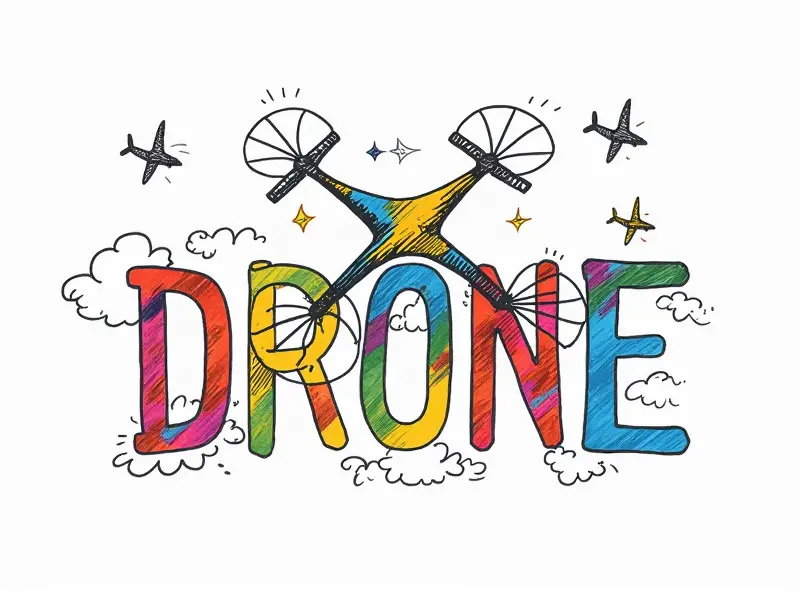What is telemetry in drones?

Why Is Drone Telemetry Important?
Drone telemetry plays a crucial role in enhancing the performance and safety of unmanned aerial vehicles (UAVs). By providing real-time data on flight parameters, telemetry enables operators to monitor critical information such as battery life, altitude, speed, and GPS position. This ensures that drones can operate efficiently and safely, reducing the risk of accidents or malfunctions.
Benefits of Using Drone Telemetry
- Enhanced Safety: Real-time monitoring helps prevent crashes by alerting pilots to potential issues before they become critical.
- Improved Efficiency: Telemetry data allows for better route planning and optimization, leading to more productive missions.
- Data Accuracy: Precise telemetry information ensures that collected data is reliable and actionable.
How Does Drone Telemetry Work?
Telemetry in drones involves the transmission of data from a drone to a ground station or mobile device. This process typically includes sensors on the drone that collect various types of data, such as GPS coordinates, altitude, speed, and battery status. The collected information is then transmitted via radio signals or other wireless communication methods to a receiver on the ground.
The telemetry system processes this raw data into meaningful insights, which can be displayed in real-time through dedicated software applications. This allows operators to monitor drone performance continuously during flight operations.
Telemetry: The Future of Drone Tech
Advancements in technology are making telemetry systems more sophisticated and reliable. As drones become increasingly integrated into various industries, the importance of accurate and real-time data transmission will only grow. Innovations such as 5G networks and advanced sensor technologies promise to enhance the capabilities of drone telemetry even further.
Getting Started with Drone Telemetry
To begin using telemetry in your drone operations, you need a few key components:
- Sensors: Equip your drone with sensors for GPS, altitude, speed, and battery status.
- Transmitter/Receiver: Install a reliable transmitter on the drone and a receiver on the ground station or mobile device.
- Data Processing Software: Use specialized software to interpret telemetry data in real-time.
Top Telemetry Features for RC Pilots
- Battery Monitoring: Real-time battery status alerts prevent unexpected landings due to low power.
- Altitude Tracking: Accurate altitude data ensures compliance with airspace regulations and safety protocols.
- GPS Positioning: Precise GPS coordinates help in navigation and mission planning.
Real-Time Data with Drone Telemetry
One of the most significant advantages of telemetry is its ability to provide real-time data. This capability allows operators to make informed decisions instantly, adjusting flight paths or landing procedures as needed. Real-time data also enables remote monitoring and control, enhancing operational flexibility.
Maximizing Flight Safety with Telemetry
Flight safety is paramount in drone operations. Telemetry systems can significantly enhance safety by providing early warnings of potential issues such as low battery levels or GPS signal loss. These alerts allow pilots to take corrective actions before problems escalate into dangerous situations.
Telemetry for FPV Racing Drones
In the world of first-person view (FPV) racing, telemetry is essential for optimizing performance and ensuring safety. Telemetry systems can track speed, altitude, and other critical parameters in real-time, helping pilots fine-tune their flying techniques and avoid collisions.
Advanced Telemetry in RC Quadcopters
RC quadcopter enthusiasts often seek advanced telemetry features to enhance their flight experiences. Features such as multi-sensor fusion, predictive analytics, and automated fail-safe mechanisms can provide unparalleled control and safety during complex maneuvers.
Choosing the Right Drone Telemetry System
Selecting the right telemetry system depends on your specific needs and operational requirements:
- Consider Your Use Case: Determine whether you need basic monitoring or advanced features for racing, surveying, or other applications.
- Evaluate Compatibility: Ensure that the telemetry system is compatible with your drone model and existing equipment.
- Check Data Accuracy: Verify that the telemetry system provides precise data to ensure reliable operations.
Conclusion
Telemetry in drones offers numerous benefits, from enhanced safety and efficiency to real-time data monitoring. By understanding how telemetry works and choosing the right system for your needs, you can unlock new possibilities in drone technology and elevate your flight experiences to unprecedented levels.

